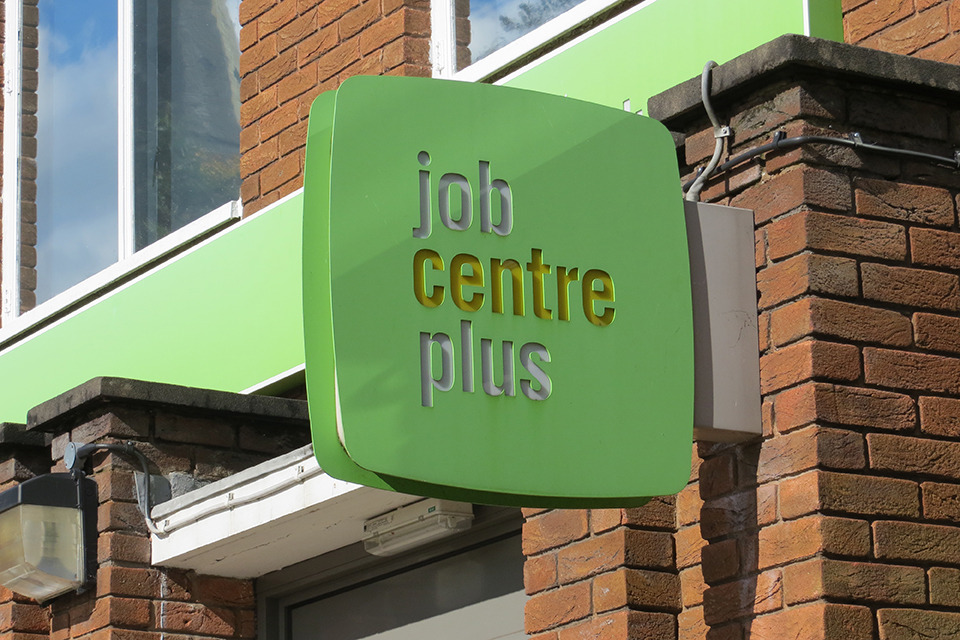Vodafone’s Mick Wayman opines that better co-operation with the non-profit sector could help save money and improve service levels
Robust public services are one of the core foundations of a healthy and prosperous population. In a changing world, they must evolve to meet changing needs. But in a resource-constrained one, they must do so in an innovative and cost-efficient way. That is the challenge for public service leaders.
One way they can do this is by working with and learning from charitable organisations.
For the public sector, collaborating with charities offers many opportunities. By working together and drawing upon each other’s knowledge and resources, more effective services can be delivered to a wider pool of citizens.
Charities account for over £7.2bn of the £17bn spent on social care services in the UK. They will be key stakeholders in providing care to the ageing population, as well as to the extra 4.4 million people expected to be added to the UK population by 2029.
Partnerships with charities can expand both the reach and impact of critical public services by making the most of their physical footprint, as well as their trusted place in society.
Related content
- How charities can learn from the Government Digital Service
- Scottish Government launches digital inclusion initiative
- Digital exclusion levels ‘linked to deprivation’
The Make Every Adult Matter (MEAM) project in Sunderland is a prime example of this. Building on existing partnerships between the council as well as Clinks, Mind, and Homeless Link, the project provides a more flexible and co-ordinated service by changing cultures and policies. As a result of these partnerships, the project has seen a significant impact in turning lives around, reducing homelessness and, importantly, reducing costs.
Charities are in a unique position to understand people’s real needs and challenges, and can, therefore, play a valuable role in helping public sector organisations enhance the quality and efficiency of services delivered to citizens.
Technology can play a major role in optimising the way charities communicate and collaborate with the public sector through the use of digital channels like social networks, messaging applications, and other collaboration tools. A general consensus of leaders across both sectors believe that good communication is important to a successful relationship.
In the quest to deliver more effective services to citizens, charities and public-sector leaders have more opportunities than ever to explore better ways of working together, thanks to advances in technology, and its greater accessibility. The government’s Digital Service Standard is also looking at how digital technologies can be used to make public services more engaging and user-centric, as well as improving their design and provision by encouraging collaboration across disciplines.
Fostering a more digital ecosystem will make it easier for charities and the public sector to collaborate and exchange resources and insight.



